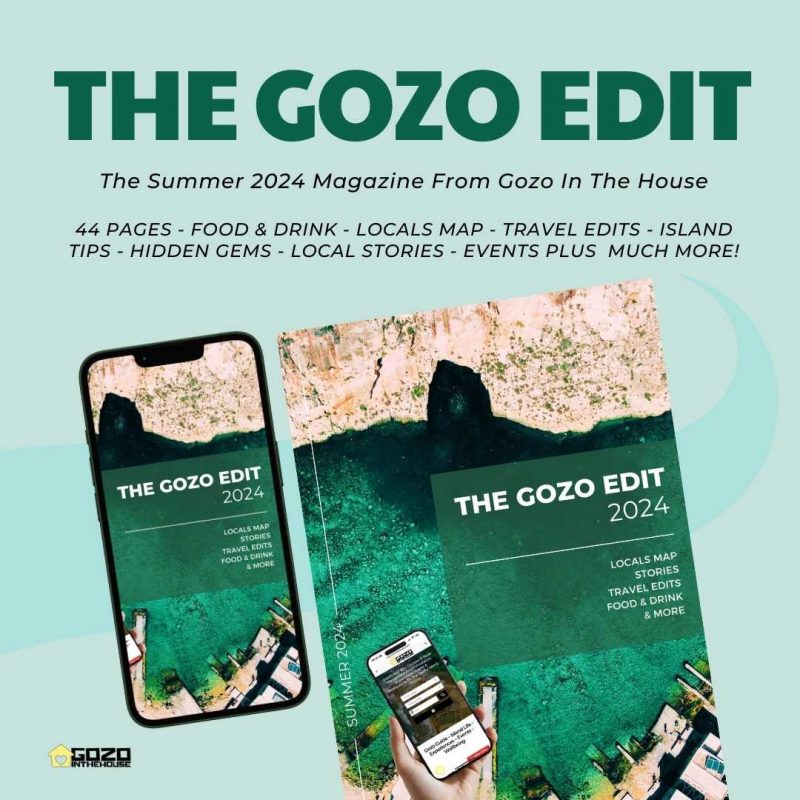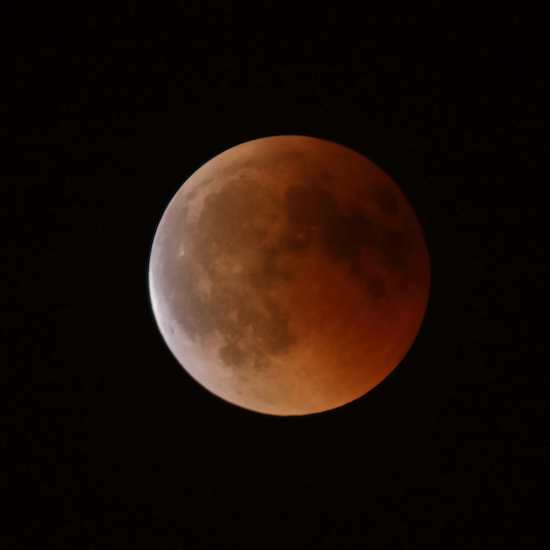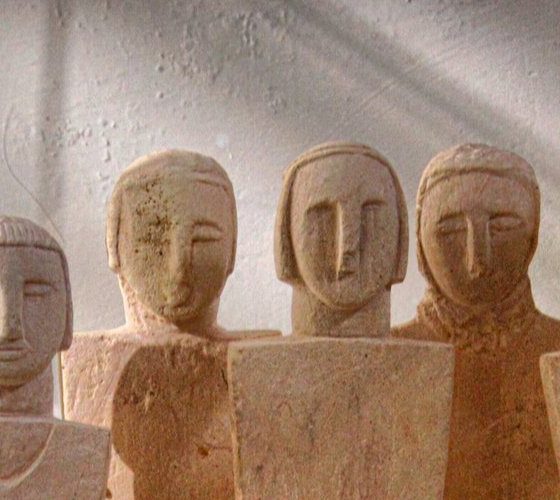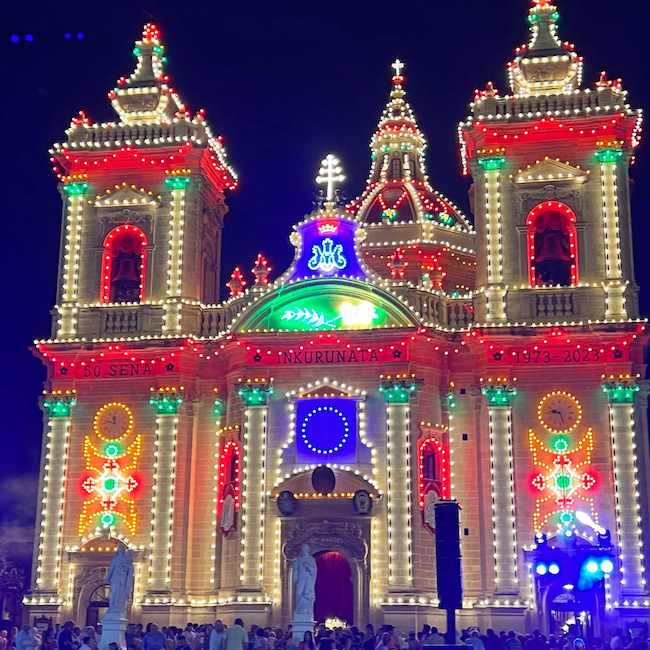From Meteor Showers And Solar Eclipses To Supermoons And Visible Planets.
Watch out for these spectacular stargazing events in 2025 coming to a Gozo sky near you.
If you’re a fan of the cosmos, then Gozo’s night skies will be your canvas for awe and wonder in 2025. Known for its low levels of light pollution, the island offers prime conditions to see celestial events in all their brilliance, especially during the summer months. Whether you’re a casual stargazer or a seasoned astronomer, Gozo’s vantage points and natural beauty make these events even more magical.
Here’s a breakdown of the can’t-miss astronomical events for 2025
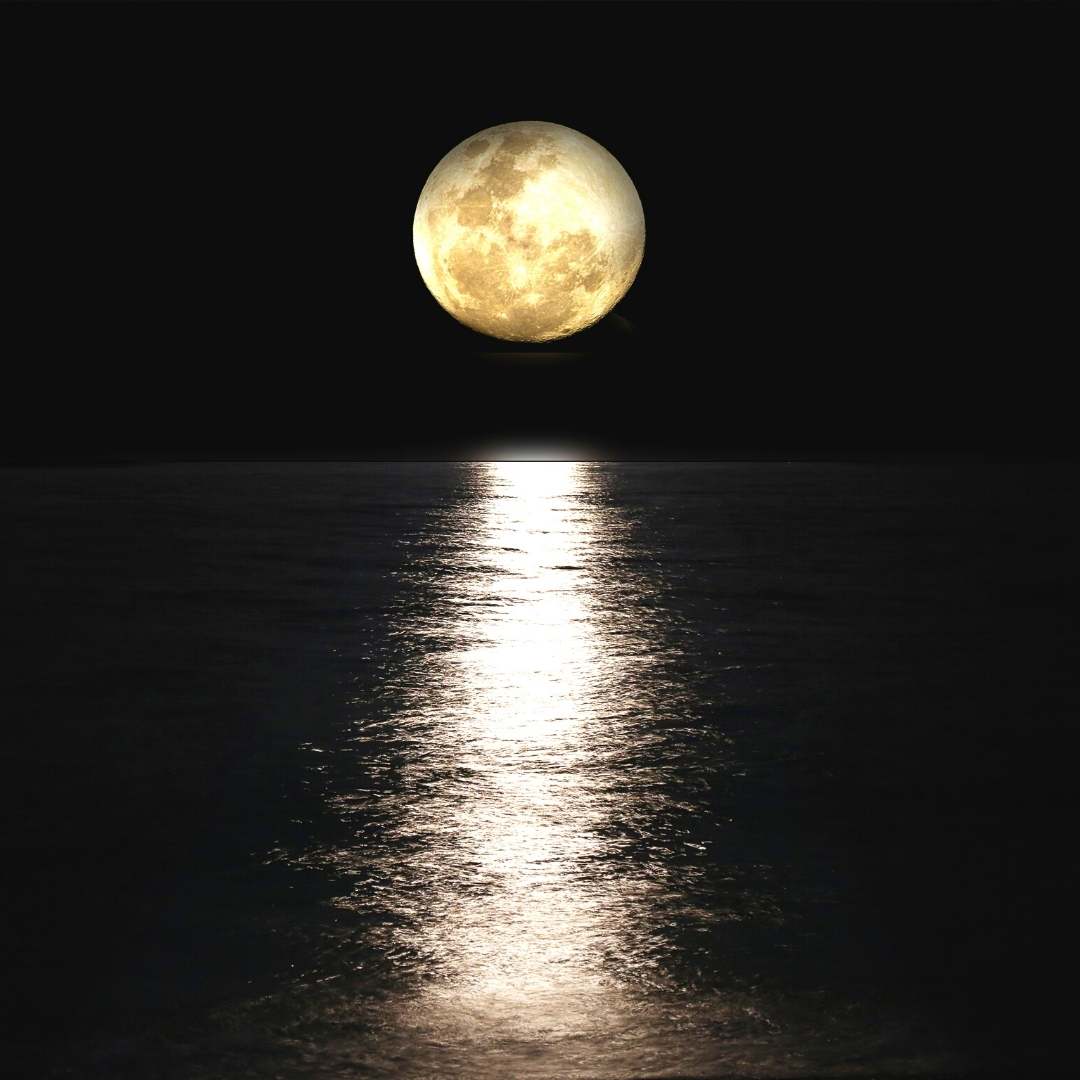
1. Quadrantid Meteor Shower – January 3–4
Kick off the year with one of the most brilliant meteor showers. The Quadrantids peak on the night of January 3 into the early morning of January 4, with up to 120 meteors per hour. Head to one of Gozo’s secluded beaches or cliffside spots for the best view. And bundle up—the early January air can be chilly!
2. Total Solar Eclipse – March 29
One of the most anticipated events of 2025 is a total solar eclipse, best viewed along a narrow path across the Earth. While Gozo won’t be in the direct path of totality, islanders will still experience a partial solar eclipse, where the moon will cover a significant portion of the sun, casting an eerie shadow. Make sure to bring eclipse glasses to safely view this rare event.
3. Lyrid Meteor Shower – April 22–23
The Lyrid meteor shower, known for its fast, bright meteors, will peak around April 22–23. Though the Lyrids are less intense than the Quadrantids, you can expect 10-20 meteors per hour. Clear, dark skies make Gozo the perfect place to watch these “falling stars.”
4. Supermoons – May 5, August 31, and September 29
Three supermoons grace Gozo’s night skies this year. During these times, the full moon appears larger and brighter as it reaches the closest point in its orbit around Earth. The summer supermoon on August 31, often known as the Sturgeon Moon, will be the largest of the three—an unmissable sight rising over Gozo’s rugged coastline.
5. Perseid Meteor Shower – August 12–13
The Perseids are the highlight of summer meteor showers and will peak on August 12–13. Famous for their bright trails, the Perseids will be visible against Gozo’s crystal-clear skies, with up to 100 meteors per hour. For the best experience, grab a blanket and head to Ramla Bay or Ta’ Ċenċ cliffs for an unobstructed view.
6. Annular Solar Eclipse – October 23
This year also offers a spectacular annular solar eclipse on October 23. Unlike a total eclipse, an annular eclipse occurs when the moon is slightly farther from Earth, creating a “ring of fire” effect. While Gozo will experience a partial view, it’s still a fantastic opportunity to witness an unusual solar phenomenon. Safety first—use special eclipse glasses!
7. Visible Planets Throughout the Year
In 2025, the night skies over Gozo will offer views of visible planets, including Venus, Jupiter, Mars, and Saturn. Look for the “Evening Star” Venus shining brightly at sunset from March to May, while Jupiter and Saturn can be found in the eastern sky in late summer and early autumn.
8. Geminid Meteor Shower – December 13–14
Cap off the year with the reliable Geminids, known for producing multicolored meteors at an impressive rate. They peak around December 13–14 and are one of the most reliable showers of the year, with up to 120 meteors per hour under ideal conditions. Given Gozo’s dark skies, this is a fantastic opportunity to close out your stargazing year with a flourish.
Where to Stargaze in Gozo
For prime stargazing spots, visit Ġgantija Temples, Ta’ Ċenċ Cliffs, or the scenic Wied il-Għasri. Ramla Bay and Xlendi Bay also offer beautiful, open-sky views where you can catch meteor showers or supermoons rising over the sea.
Pack a telescope or binoculars, a cozy blanket, and some snacks, and get ready to experience Gozo’s skies like never before. Don’t forget to mark your calendar and plan your evenings around these heavenly events.
Ref: http://www.seasky.org/astronomy/astronomy-calendar-2024.html
